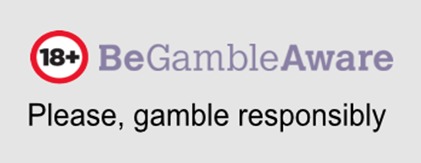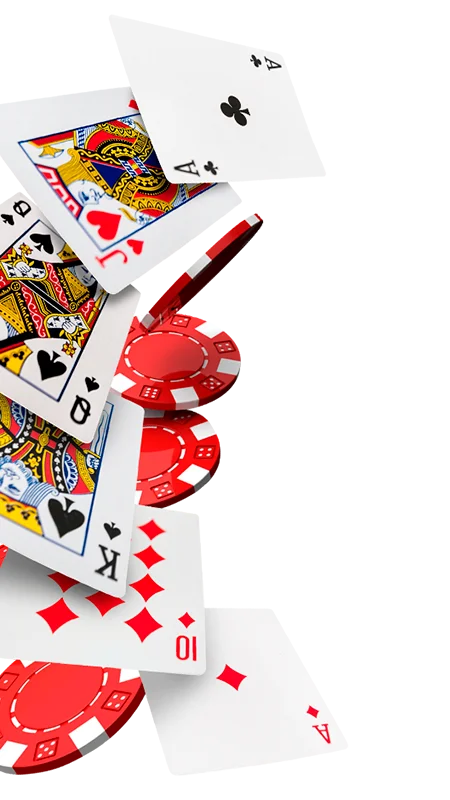
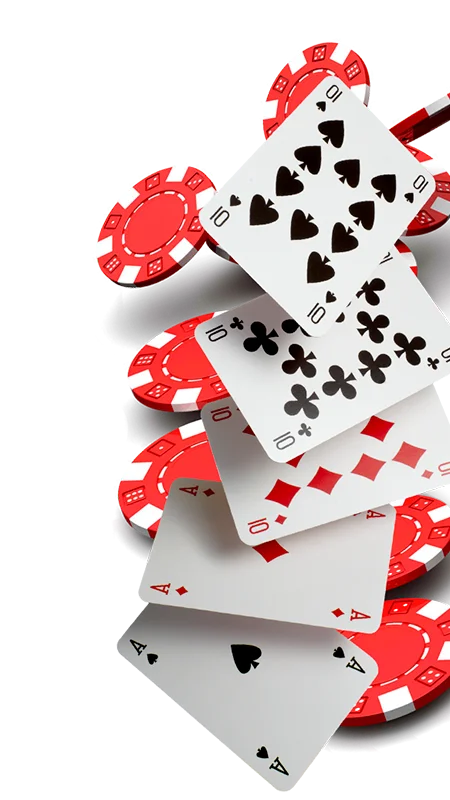
LAG players: how to recognize them and what their game is based on

LAG stands for loose-aggressive, a type of
poker player characterized by playing a large number of bets and very
aggressively. Unlike TAGs, who play aggressively as well, but are much more
selective with their hands, LAGs tend to play a wide range of hands preflop and
play hands very aggressively. They are almost always in the game and their
strategy is based on forcing the others to fold.
But, are all players who always play aggressively LAG? Let us tell you that they are not. For example, a "maniac" also plays a large number of hands and very aggressively, but he is nothing like a loose-aggressive. In fact, what a maniac does is to play kamikaze, while a LAG player knows exactly what to do to win.
What is a LAG player?
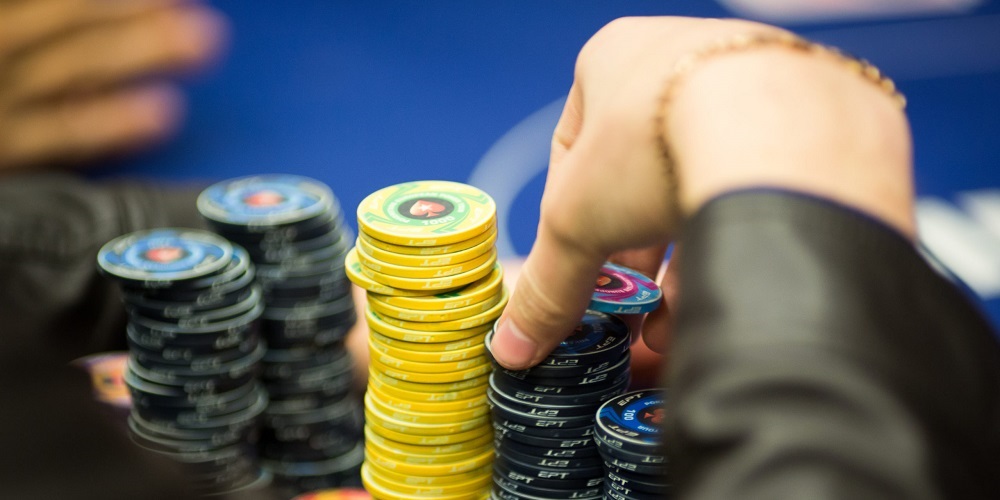
Poker players who play a high number of hands,
and almost always do so aggressively, can be considered loose-aggressive. But
to be a LAG you must have a sufficiently high level of experience, since
we are talking about a style of play that requires a high level of knowledge to
generate profits. The winrate of a LAG poker player is usually higher than that
of a TAG.
The prevalence of styles varies depending on
which areas we look at. For example, in Europe it is almost always advisable to
adopt a TAG style, which is usually easier to assimilate and requires a
somewhat lower level of experience to implement. However, in some Northern
European countries there is a tendency to adopt a LAG style from the
beginning, so knowing the origin of a player can sometimes give us an idea
of what style he may have adopted during his training and know in what way he
is more comfortable playing.
But it is necessary to know the signs of identity that give away a LAG player, to be able to recognize him during the game and know what to expect.
Types of LAG players
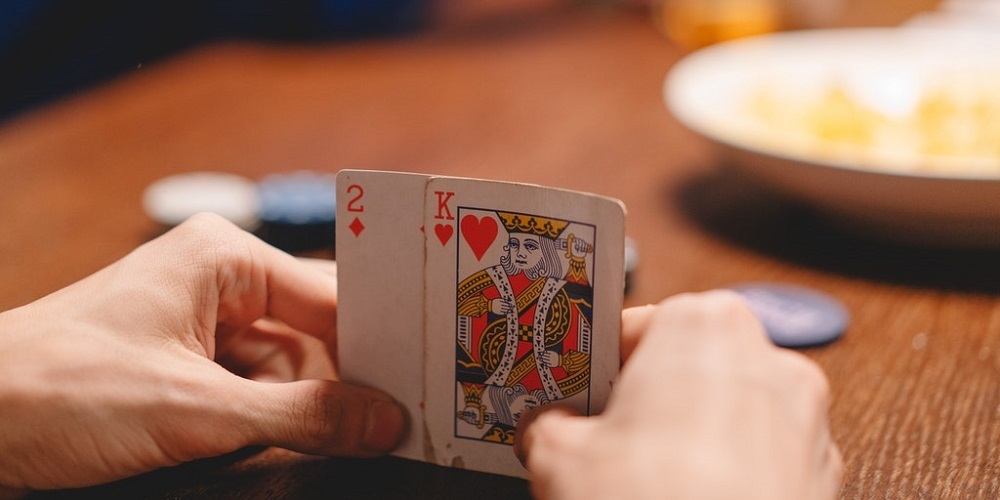
Broadly speaking, we can speak of two types of
LAG players in poker: one who knows how far his abilities go, and another who
never knows how to put the brakes on. The first are considered the good LAG
players, those who know how to recognize the moment to fold, are not
obsessed with winning every hand and prefer to add a fold to their record
rather than lose more money.
On the other hand, the latter are close to
kamikaze. They are on the verge of being considered "maniacs", they
do not know how to fold and always stay in the game, despite not having any
chance. They usually have a lower winrate and are more prone to spikes, being
more unstable.
Against the latter, those considered "bad
LAGs", it is possible to set traps with patience to hunt them,
since their excessive aggressiveness is their Achilles' heel.
On the other hand, with the good LAGs it is necessary to keep in mind that it is necessary to adapt at all times, to know when we can press to try to corner them, and when it is necessary to keep a lower profile.
How loose-aggressive players play
To know how a LAG player plays in poker, it is
necessary to know how to classify him between type 1, the restrained ones, or
type 2, the maniacs. Measuring their level of aggressiveness will be
decisive in shaping their type of play, making it easier to create an effective
strategy to beat them.
Since LAG players always play very
aggressively, the best way to beat them is to pretend to be weak. This is
especially effective against LAG players who play more than 30% of the hands
(the most aggressive ones; maniacs play more than 35%, approximately, so
you can measure the percentage), since their obsession to stay in the game will
prevent them from seeing the trap you are setting for them. That plays in your
favor, and you have to take advantage of it.
To know how a LAG plays we will have to analyze his style during several hands. You have to understand that a LAG player can be difficult to recognize, since their strategies do not always work. This happens when they face players with formed strategies. For example, if they are playing against a TAG, why, if they play aggressively, doesn't that raise the winrate? Yes, but if you don't play your hands well, and this is where the most aggressive LAGs fail, your chances can vanish.
How to beat a LAG player
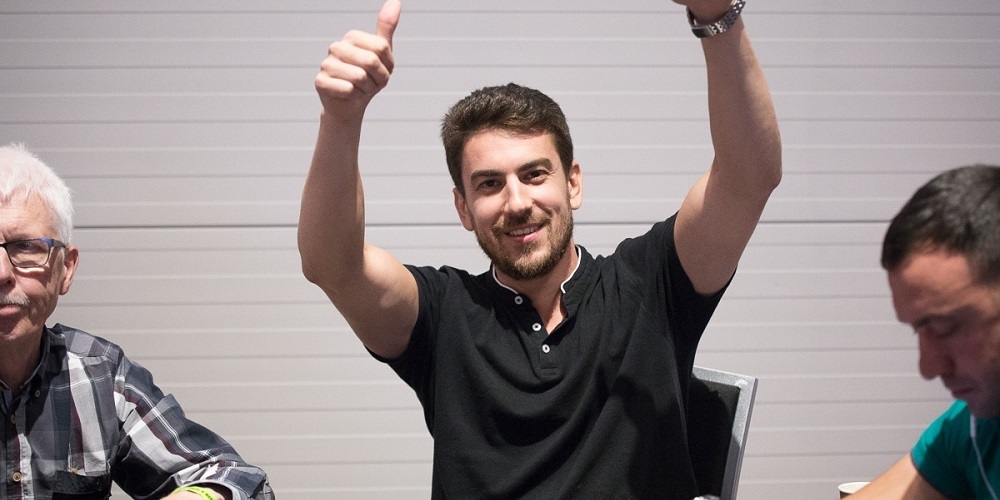
To beat a LAG player, the best thing to do is
to hide our strength, adopt a passive and conservative style and make
him believe that we are not a threat for a good part of the hand. If we have a
loose-aggressive poker player in our sights, we can set small traps without him
noticing it in order to keep him under control.
What kind of traps are we talking about? A very
effective one is to combine our style of play. This will disorient the LAG,
unable to know what he is facing. If we link incoherent moves, we can make
them so dizzy that they have to play blindly against us. Obviously, they
will want to pretend that they have no idea where to catch us, so they will
resort to bluffing. Be careful, if a LAG bluffs, we should not bluff: keep in
mind that he does it out of desperation, to try to know something about us.
Let's keep that advantage as much as possible.
Another trap that we can use to our advantage: let
him win small pots. This will make him gain confidence, make him believe
that he has us figured out and that our weakness is genuine. Something that can
benefit us to drastically change our style of play in a big pot, catch him off
guard and take him over.
Giving them the coup de grace on the big boats
will cause them to enter a state of considerable alteration. Tilt will come
knocking at their doors and can wreak havoc for a while. Good LAG players
are methodical, they keep their style of play unchanged and when faced with a
big pot they will not change the way they play.
The key to dealing with a LAG player is to not
be intimidated, to keep going even though you are being tested. LAGs always try
to mislead and push you to the extreme. But if you keep the way you play
unchanged, you can make them believe that what they think of you and the way
you play is true. That will be their undoing.
You may also like
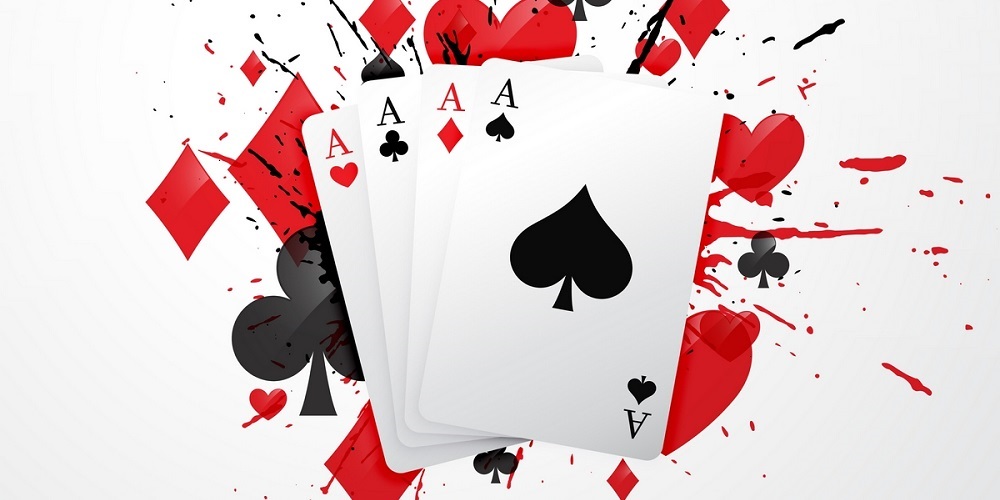
Poker combinations: what are combos for in online poker?
Surely more than once, during the broadcasting of a poker game on TV or in the course of a game on a platform you did not know before, you have seen the expression "combo". Far from what it may see...
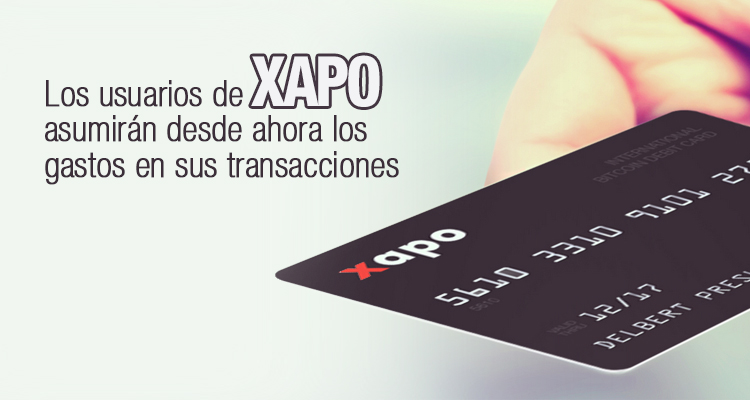
Transaction costs will be no longer free for Xapo users
Transaction costs in Xapo Last week the bitcoin company Xapo ended with one of its best strategies: the free transaction costs. The firm has announced they will no longer pay mining fees for custom...
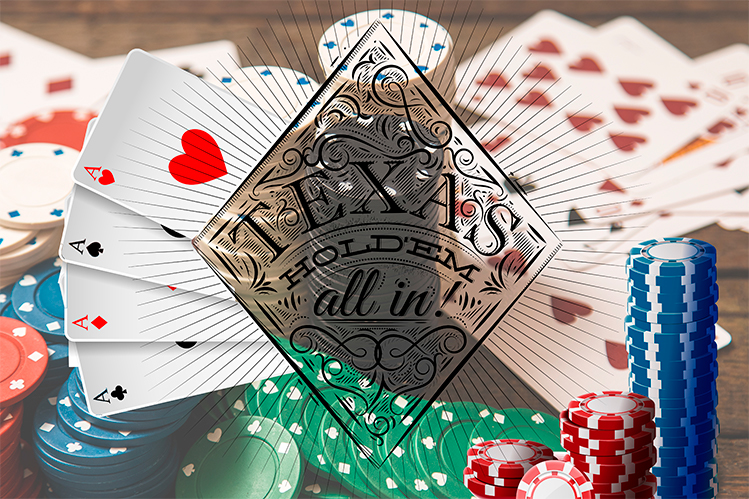
What is your favorite poker variant?
DISCOVER THE EVOLUTION IN THE POKER VARIANTS If you regularly play poker you will know that Texas Hold'em is the best known game mode in America and Europe. However, throughout its history there ha...








